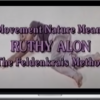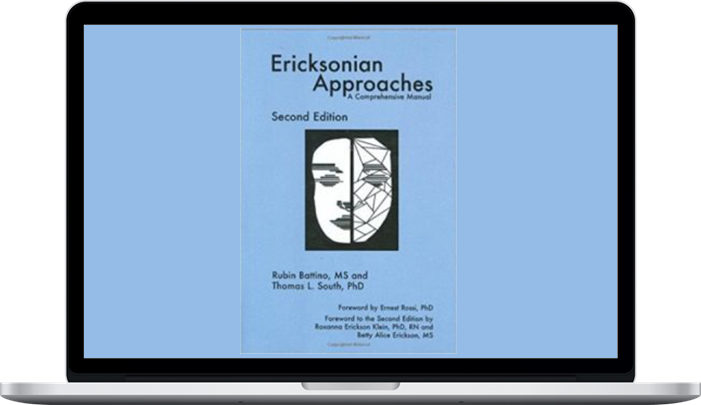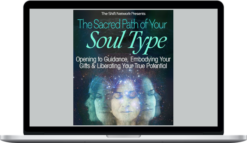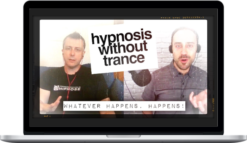Betty Alice Erickson Ericksonian hypnosis from primary sources
$127.00 $13.00
Total Sold: 5
»Instant Delivery
Description
Betty Alice Erickson Ericksonian hypnosis from primary sources
Betty Alice Erickson, MS, LPC, LMFT, a hypnosis demonstration subject for her father’s patients and students for over 30 years, has been Keynote Speaker and faculty for national and international Conferences. Co-author of Hope &
Resiliency she’s written numerous book chapters and articles. Her latest book (with Bradford Keeney), Milton Erickson, American Healer, has been translated into three languages
The seminar program
- Abrief biography and history of Milton Erickson .
- A brief overview of the basics of hypnosis. What is it? Why does it work?
- The similarities and differences between formal hypnosis and conversational hypnosis.
- Hypnotic communication. When and how to use it. Demonstration. Exercises.
- The self-hypnosis.
- How can you learn and practice.
- Demonstration of self-hypnosis. Practice and exercise.
- Naturalistic trance.
- Modeling and invitation. Expectations. Storytelling:
- Demonstration. Practice.
- Formal trance.
- From Standard induction to “Individual”.
- Techniques of formal trance.
- Standard induction.
- The responsibility of the hypnotherapist.
- The demonstration of the standard induction: the levitation of the arms, fixation of the eyelids, etc.
- Exercises. Practice.
- Cooperation.
- “Create together!” the hypnotherapist leads
- “Never say “no”
- Read customer’s feedback.
- Demonstration, practice and exercises.
- Deepening of the trance.
- The steps – feedback what is really going on.
- The truisms in the guidance.
- Directional suggestion. The reality is what will happen. “Every breath is sure to follow the exhale.”
- Compliance – “mirroring”.
- When the trance is deep enough?
- Demonstration, practice and exercises.
- Ideomotor signals.
- Finger movement, nodding, breathing . The conversation in the TRANS. Typical difficulties
- The answers to the questions.
- Demonstration, practice and exercises.
- Psychological techniques.
- Age regression.
- State-dependent learning, productive splitting of the “self”.
- How to help people “feel better” – self-acceptance and self-esteem.
- Direct and indirect suggestion.
- Demonstration, practice and exercises.
- The Mind/Body.
- Stress, pain management. Anxiety and panic.
- Demonstration, practice and exercises.
- Healing. Demonstration of healing
More courses from the same author: Betty Alice Erickson
Delivery Policy
When will I receive my course?
You will receive a link to download your course immediately or within 1 to 21 days. It depends on the product you buy, so please read the short description of the product carefully before making a purchase.
How is my course delivered?
We share courses through Google Drive, so once your order is complete, you'll receive an invitation to view the course in your email.
To avoid any delay in delivery, please provide a Google mail and enter your email address correctly in the Checkout Page.
In case you submit a wrong email address, please contact us to resend the course to the correct email.
How do I check status of my order?
Please log in to HealingCourse account then go to Order Page. You will find all your orders includes number, date, status and total price.
If the status is Processing: Your course is being uploaded. Please be patient and wait for us to complete your order. If your order has multiple courses and one of them has not been updated with the download link, the status of the order is also Processing.
If the status is Completed: Your course is ready for immediate download. Click "VIEW" to view details and download the course.
Where can I find my course?
Once your order is complete, a link to download the course will automatically be sent to your email.
You can also get the download link by logging into your HealingCourse account then going to Downloads Page.
Related products
Total sold: 12








